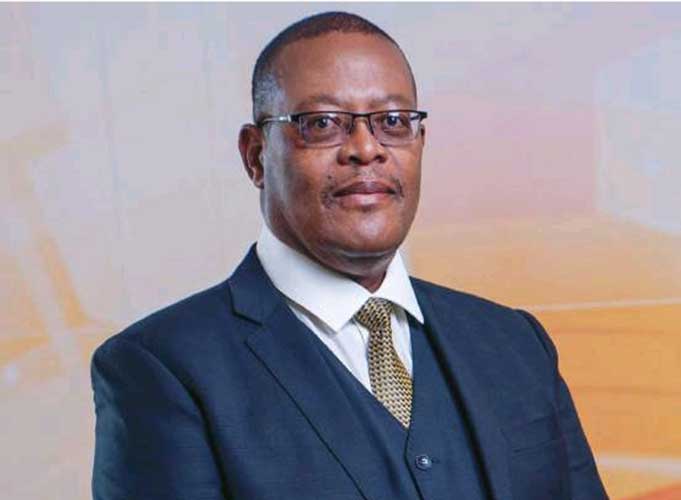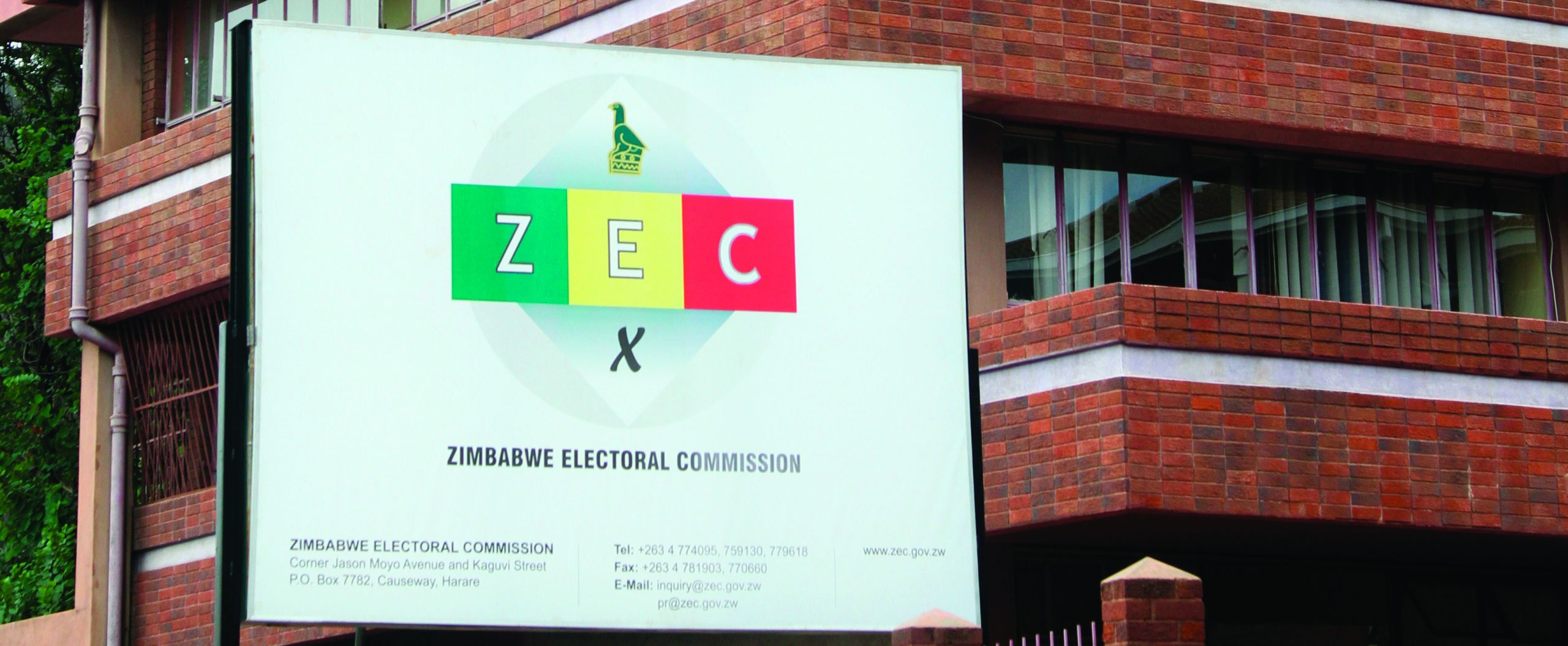
BY TATIRA ZWINOIRA
THE 2 400 megawatts (MW) Batoka Hydroelectric Power Station Project has come under the spotlight, with Zesa Holding executive chairman Sydney Gata explaining several missteps that have held back the project.
Zesa is Zimbabwe’s state-run power utility.
This year marks 50 years since Batoka was consummated in 1972.
It returned to Zimbabwe and Zambia’s priority lists in 2014, after previously being affected by political instability and funding problems.
The two countries jointly run Zambezi River Authority (ZRA), which is responsible for Kariba Hydroelectric power station.
ZRA has also been tasked to oversee Batoka’s construction.
Regarded as one of the finest power sector brains, Gata told thethird edition of the International Renewable Energy Conference and Expo last week that the latest problem was lack of a bankable feasibility study.
- Chamisa under fire over US$120K donation
- Mavhunga puts DeMbare into Chibuku quarterfinals
- Pension funds bet on Cabora Bassa oilfields
- Councils defy govt fire tender directive
Keep Reading
He queried if the project, which is expected to costs about US$2,6 billion, would have a market.
Existing power utilities, Zesco in Zambia and Zesa in Zimbabwe, have been struggling to sell electricity from the Kariba facility.
“A risk profile shows the structure of your project and the risk that it is carrying,” Gata told delegates at the conference, which was organised by The Standard in partnership with the Ministry of Energy and Power Development.
“Now, a typical IPP (independent power project) goes through these phases. If you miss them you get nowhere. Unfortunately, between Zimbabwe and Zambia we missed a fundamental step and for many years now we are rotating around that challenge,” Gata added.
“A new start came when there was new collaboration and we started (again). Batoka has unfortunately proceeded without a full feasibility study. It was never put under review of a complete risk matrix.”
Generally, accessing funding for big projects becomes problematic without feasibility studies.
ZRA recently admitted that construction had been delayed because certain “prerequisites” had not been completed.
Gata said it had not been explored whether electricity from the project could be sold sustainably.
“Does the market that you sell have capacity to purchase from you sustainably?” he asked.
“Both Zesco and Zesa have a problem because most of the time we are selling our services below cost, nobody will spend their time discussing a power purchase agreement project (PPA) worth US$6 billion with us.”
“The second problem is a currency risk. We are in an economy that receives inflows of almost US$10 billion, but Zesa is unable to get US$17 million monthly to import power or to pay IPPs.
“Even though we are supplying to companies that make hundreds of millions of after-tax profit, in US dollars, their directors are not prepared to pay us in US dollars.”
According to the World Bank, the project is one of a series of hydropower investments conceived on the Zambezi River Basin.
The project will involve building a 181-meter-high, 720-meter-long roller-compacted concrete gravity arch dam with two surface power stations situated on both sides of the Zambezi River, one in Zambia and another in Zimbabwe.
Each of these two power stations are expected to draw from the dam to generate electricity with a total installed capacity of 1 200 MW on each side, giving a combined installed capacity of 2 400 MW.
Gata also revealed that the Batoka power station may not be able to produce the purported 2 400MW that the government and even Zesa has reported as the potential output.
“It (will only produce that) in the month of May,” he said. “Most of the time, it will be less than 2 400MW. But when it comes to November it goes six times less. Secondly, that profile ends up with what we call a load factor of only 28% when the benchmark for hydro is only 50% and above. So, you will be paying twice what you pay normally for the same investment if the hydrology was consistent and giving a load factor of 50% and above.”
He said the solution for Batoka was to explore technologies and be put in the 10 gorges project to be supported by other gorge producing power.
Gata added that Zambia, Zimbabwe and Mozambique needed to partner together then list these assets, and get pension funds to invest.











